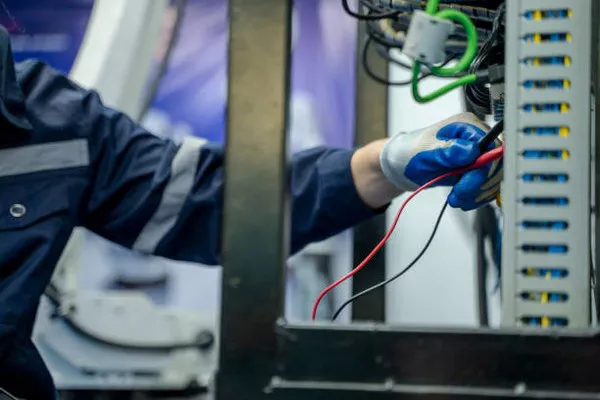Transformers play a pivotal role in the efficient distribution of electrical power across various industries. One of the key parameters that engineers and electricians must consider when designing, installing, and maintaining transformers is the rated current. The rated current of a transformer is a critical factor that ensures the safe and reliable operation of the transformer within specified limits. In this article, we will delve into the concept of rated current, its significance, and the factors influencing its determination.
Definition of Rated Current
The rated current of a transformer refers to the maximum current that the transformer can continuously carry under specific operating conditions without exceeding its specified temperature rise. It is an essential parameter that influences the design, sizing, and performance of transformers in power distribution systems. Rated current is typically expressed in amperes (A) and is a fundamental factor in establishing the transformer’s capacity to handle electrical loads.
Significance of Rated Current
The importance of rated current lies in its role as a primary determinant of a transformer’s capacity. Transformers are designed to handle a specific amount of electrical current based on factors such as the winding configuration, core material, and cooling mechanisms. When a transformer is subjected to currents exceeding its rated value, it can lead to overheating, insulation degradation, and ultimately, transformer failure. Therefore, understanding and adhering to the rated current is crucial for ensuring the longevity and reliability of transformers in power distribution networks.
Factors Influencing Rated Current
Several factors influence the determination of a transformer’s rated current:
Winding Design: The winding design of a transformer, including the number of turns and the arrangement of windings, significantly affects its rated current. Transformers may have multiple windings, each designed to handle a specific current level, and the overall rated current is determined by the weakest link in the winding system.
Core Material: The core material of a transformer influences its ability to handle magnetic flux and, consequently, its rated current. High-quality core materials with low magnetic reluctance allow transformers to operate at higher current levels without saturation.
Cooling Mechanism: Transformers dissipate heat generated during operation through various cooling mechanisms. The type of cooling, such as natural convection, forced air, or liquid cooling, affects the transformer’s thermal performance and, consequently, its rated current.
Temperature Rise: Transformers are designed to operate within specified temperature limits. The rated current is determined by considering the permissible temperature rise, ensuring that the transformer remains within safe operating temperatures during continuous operation.
Insulation Class: Transformers are equipped with insulation materials to protect against electrical breakdown. The insulation class influences the maximum allowable temperature, which, in turn, affects the rated current.
Importance in Transformer Sizing and Selection
Rated current plays a central role in the sizing and selection of transformers for specific applications. Engineers must carefully evaluate the electrical load characteristics, considering both continuous and intermittent loads, to ensure that the selected transformer can handle the expected current without exceeding its rated capacity. Oversizing or undersizing a transformer can have significant consequences, including increased energy losses, reduced efficiency, and potential damage to the transformer.
Compliance with Standards and Regulations
The determination and adherence to rated current values are not only essential for the optimal performance of transformers but are also mandated by industry standards and regulations. Regulatory bodies, such as the International Electrotechnical Commission (IEC) and the Institute of Electrical and Electronics Engineers (IEEE), provide guidelines and standards that manufacturers and operators must follow to ensure the safety and reliability of transformers in power systems.
Conclusion
In conclusion, the rated current of transformers is a critical parameter that influences their capacity, performance, and overall reliability in power distribution systems. Engineers and electricians must carefully consider various factors, including winding design, core material, cooling mechanisms, temperature rise, and insulation class, to accurately determine and adhere to the rated current specifications. Transformer sizing and selection processes should be conducted with precision to ensure that transformers operate within their specified limits, promoting safe and efficient power distribution. By understanding and respecting the significance of rated current, stakeholders in the electrical industry can contribute to the longevity and reliability of power distribution systems.

